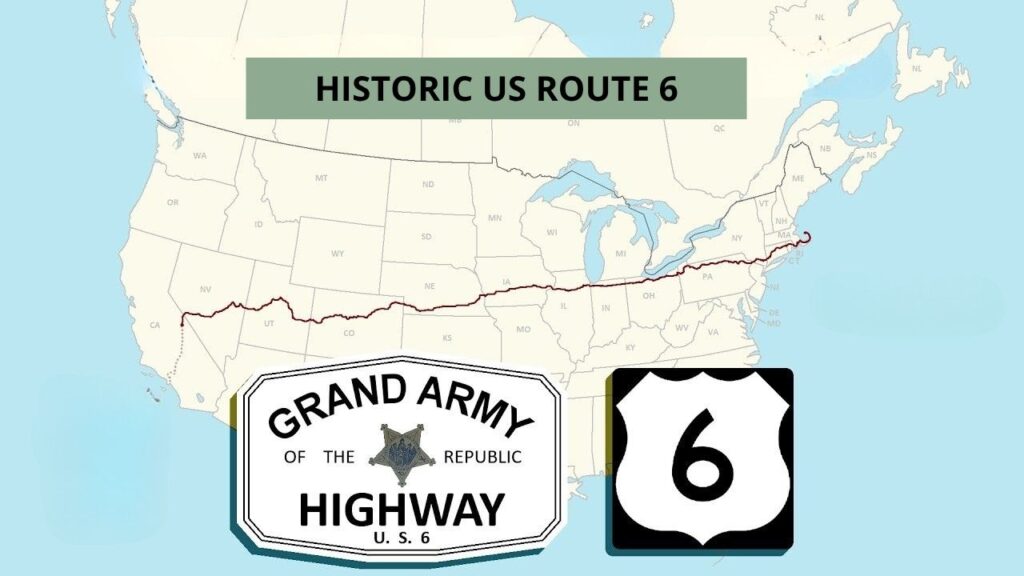
U.S. Route 6 Tourist Association in Nebraska
As a web developer (and road-trip enthusiast), I enjoy when organizations present location-based content not only with accuracy, but with personality and purpose. The U.S. Route 6 Tourist Association is a nonprofit dedicated to promoting the highway corridor, and to maintain “state home pages” for each of the states that U.S. 6 traverses. By looking closely at a few of these pages, we can learn both good content strategy, and how each state emphasises different aspects of the highway’s heritage, scenery, and travel value.
Let’s look at the ‘best of the rest’ based on Google Analytics: Nebraska is that state that wins first place in terms of visits. What makes that page strong? What lessons can we draw? And how might you apply some of these ideas to your own “state-page” (or content section) for a theme or route you’re developing?
So, I prompted a question to ChatGPT and this is the reply:
- The Nebraska state page on the USR6TA site is titled “U.S. Route 6 Tourist Association in Nebraska | See What’s New”
- It emphasises that Route 6 “was a critical transportation and communications link in the development of Nebraska and neighboring states.”
- The page plays up both the historic (heritage) aspect and the connectivity: travelers on U.S. 6 are not just driving through a state, but following a historic corridor.
- From a content standpoint this works well: a clear opening statement of significance (“critical link”), and the invitation to “see what’s …” invites exploration.
- For web developers and content managers: the Nebraska page shows how to combine historical framing + travel value. Call-to-action is implicit: explore the route.
- Tip: If you build a similar page, start with a strong “why this matters” statement (heritage + place), then invite the user into exploring sections.
What’s especially good:
Particularly commendable is how Nebraska does not just list towns or attractions, but frames the corridor itself (“transportation and communications link”) as the story. That gives depth beyond the “things to see” list.